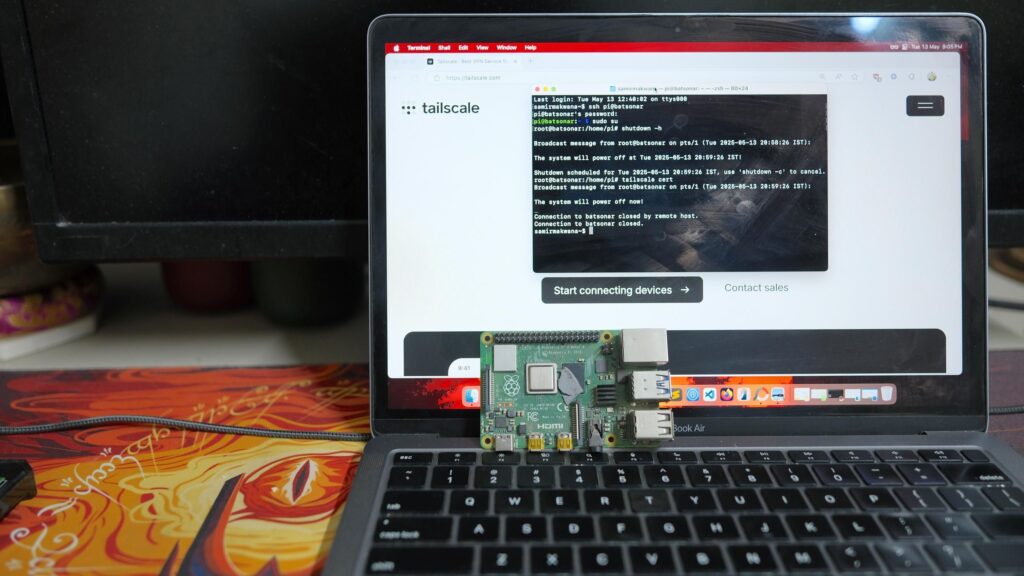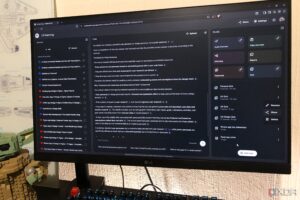
BREAKING: Just announced, users can now access their Docker applications remotely with unprecedented ease, thanks to innovative solutions like Nginx and Tailscale. This development revolutionizes how home server enthusiasts connect to their services, eliminating the hassles of traditional remote access methods.
For those running home servers or NAS systems, accessing Docker containers has been a challenge—especially when away from home networks. Port forwarding risks, dynamic IP issues, and cumbersome VPN setups have made remote access a nightmare. Now, with these new methods, users can safely and securely connect to productivity tools, media servers, and more from anywhere in the world.
The two standout solutions are using a reverse proxy and implementing Tailscale.
The reverse proxy setup, particularly with Nginx, simplifies remote access by allowing users to connect through easily memorable URLs instead of complex IP addresses. This method seamlessly routes requests to the appropriate Docker containers, making it user-friendly and efficient. Moreover, SSL certificate management ensures all connections remain encrypted, enhancing security.
Developers and tech enthusiasts can easily set up Nginx or use Synology’s built-in reverse proxy manager for a polished connection experience. Users report that this eliminates the need to remember port numbers, making it simpler to access services on the go.
On the other hand, Tailscale offers a direct, encrypted network connection between devices, making it feel as though they are all on the same local network. This solution is perfect for those seeking a secure tunnel back to their home networks without the need for complex configurations or exposing services to the internet. Once installed, Tailscale generates unique IP addresses for each device, granting access to Docker containers just as if users were at home.
Tailscale also features MagicDNS, which simplifies the connection process by eliminating the need for IP addresses and enabling users to configure their Synology NAS as a subnet router. This flexibility allows for secure internet access on all connected devices, making it an appealing option for those prioritizing convenience and security.
With the combination of these two methods, users can effortlessly tap into their self-hosted tools from anywhere, reducing the stress of remote access. The enhancements in remote connectivity not only provide control over personal data but also foster an environment of reliability and ease, allowing for more productive use of technology.
This significant improvement in remote access solutions marks a pivotal moment for self-hosting enthusiasts. As the demand for secure, easy-to-use remote access grows, these developments cater to a global audience eager for efficient and safe connectivity solutions.
Stay tuned for more updates as self-hosting technology evolves, and explore these new methods to enhance your own remote access experience!





